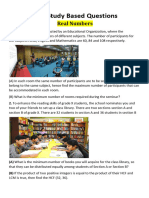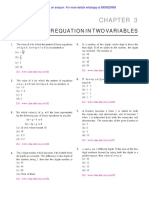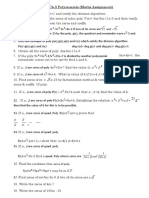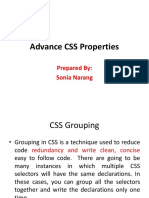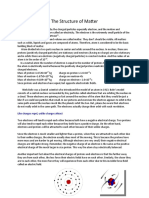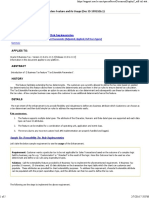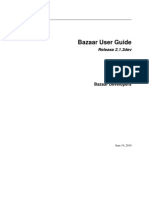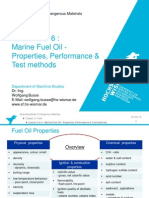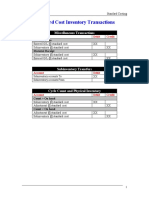Impoprtant Questions on Probability
Q1) Three unbiased coins are tossed simultaneously. Find the probability of getting (i)
exactly 2 heads, (ii) at least 2 heads, (iii) at most 2 heads.
Q2) Two coins are tossed simultaneously. Find the probability of getting (i) exactly 1 head
(ii) at most 1 head (iii) at least 1 head.
Q3) Two different dice are rolled together. Find the probability of getting (i) the sum of
numbers on two dice to be 5, (ii) even number on both dice, (iii) a doublet.
Q4) Two different dice are thrown together. Find the probability that (i) the sum of the
numbers appeared is less than 7. (ii) the product of the numbers appeared is less than 18.
Q5) A die is rolled twice. Find the probability that (i) 5 will not come up either time, (ii) 5
will come up exactly one time, (iii) 5 will come up both the times.
Q6) Cards numbered 11 to 60 are kept in a box. If a card is drawn at random from the box,
find the probability that the number on the drawn card is (i) an odd number, (ii) a perfect
square number, (iii) divisible by 5, (iv) a prime number less than 20.
Q7) Tickets numbered 2, 3, 4, 5, ..., 100, 101 are placed in a box and mixed thoroughly. One
ticket is drawn at random from the box. Find the probability that the number on the ticket
is (i) an even number (ii) a number less than 16 (iii) a number which is a perfect square (iv) a
prime number less than 40.
Q8) A box contains cards bearing numbers 6 to 70. If one card is drawn at random from the
box, find the probability that it bears (i) a one-digit number, (ii) a number divisible by 5, (iii)
an odd number less than 30, (iv) a composite number between 50 and 70.
Q9 ) Cards numbered 1 to 30 are put in a bag. A card is drawn at random from the bag. Find
the probability that the number on the drawn card is (i) not divisible by 3, (ii) a prime
number greater that 7, (iii)not a perfect square number. (iv )number divisible by 4 and 6 (v)
number divisible by 4 or 6.
Q10) One card is drawn at random from a well-shuffled deck of 52 playing cards. Find the
probability that the card drawn is (i) either a red card or a king, (ii) neither a red card nor a
queen.
Q11) From a pack of 52 playing cards jacks, queens, kings and aces of red colour are
removed. From the remaining, a card is drawn at random. Find the probability that the card
drawn is (i) a black queen (ii) a red card (iii) a ten (iv) a picture card (jacks, queens and kings
are picture cards).
�Q12) All the black face cards are removed from a pack of 52 playing cards. The remaining
cards are well shuffled and then a card is drawn at random. Find the probability of getting a
(i) face card, (ii) red card, (iii) black card, (iv) king.
Q13) A bag contains white, black and red balls only. A ball is drawn at random from the bag.
If the probability of getting a white ball is 3 /10 and that of a black ball is 2/ 5 then find
the probability of getting a red ball. If the bag contains 20 black balls then find the total
number of balls in the bag.
Q14) A jar contains 54 marbles, each of which some are blue, some are green and some are
white. The probability of selecting a blue marble at random is 1/ 3 and the probability of
selecting a green marble at random is 4 /9 ⋅ How many white marbles does the jar contain?
Q15) (a)Find the probability that a leap year selected at random will contain 53 Sundays.
(b) What is the probability that an ordinary year has 53 Mondays?
Q16) Two customers are visiting a particular shop in the same week (Monday to Saturday).
Each is
equal likely to visit the shop on any one of the day as on another. what is the probability that
both
will visit the shop on: a) the same day b) different days c) consecutive days.
Q17) A number x is selected from the numbers 1,2,3 and then a second number y is randomly
selected from the numbers 1,4,9 what is the probability that the product xy of the two
numbers will
be less than 9 ?




















